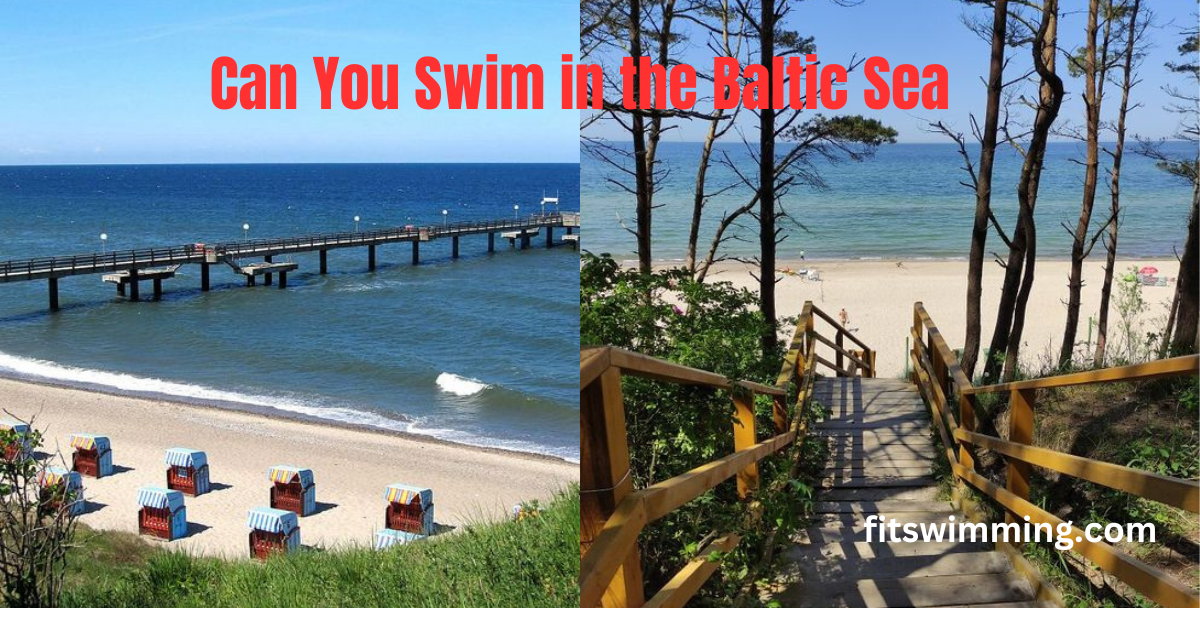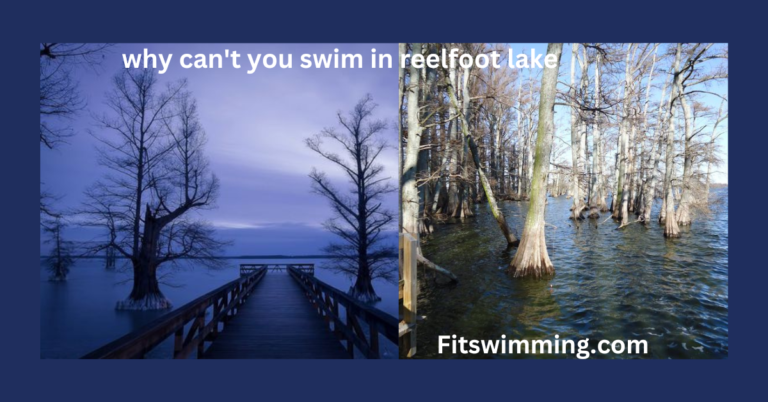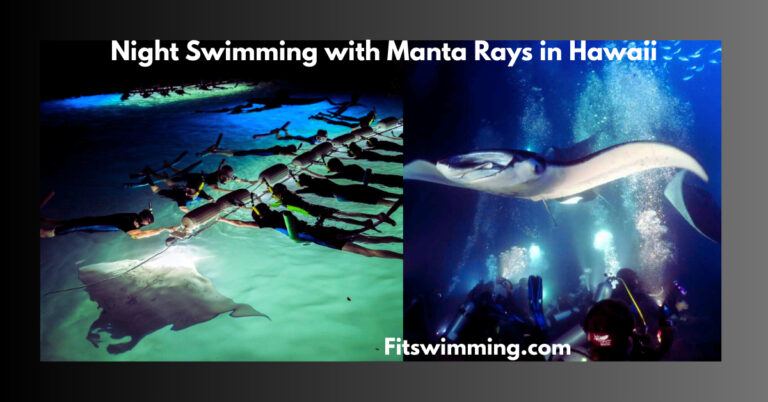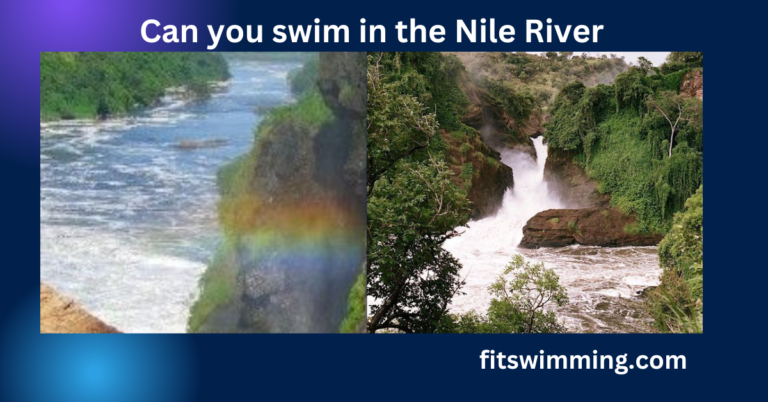Can You Swim in the Baltic Sea? Risks & Precautions
One of my close friends loves to swim in different areas. In a meeting, he told that nowadays the same question is on the tongue of every person Can You Swim in the Baltic Sea? Swimming is common in the Baltic Sea. It attracts tourists and locals alike.
There are some risks to swimming in this sea, including water quality and weather conditions. When you swim in the Baltic Sea, it’s really important to be careful and take the necessary safety steps. We have written this article after doing a lot of deep research. We will explain some surprising facts in this article while swimming in the Baltic Sea.
Here we will also discuss the pros and cons and the best time to swim in the Baltic Sea. You will study the table about seasonal water temperature and weather conditions. You must read this article from up to bottom to know the facts to swim in the Baltic Sea. We will have a deep look at Step by step guide about Baltic Sea swimming.

Step-by-Step Guide for Can You Swim in the Baltic Sea?
We are going to discuss the complete and step-by-step guide in detail. After reading this article you will know each and everything about Baltic Sea Swimming.
What is the Baltic Sea Like?
The Baltic Sea is a saltwater sea and it is located in the north part of Europe. It shares borders with Germany, Poland, Sweden, Denmark, and Finland. Its overall area is around 415,000 square kilometers, and its average depth is only 55 meters.
The unique environment of the Baltic Sea is well-known. Both freshwater and saltwater have an impact on it. It hosts a wide range of fish and birds along with marine life, including seal species.
Here is a table on the temperature and weather conditions on the Baltic Sea
| Seasons | Water temperature range | Weather Condition |
| Winter | 0°C – 4°C | Cold temperatures, snow and ice, strong winds and storms, low humidity, low precipitation, short daylight hours |
| Spring | 1°C – 10°C | Warm temperatures, occasional rain, and thunderstorms, calm winds, high humidity, long daylight hours |
| Summer | 15°C – 20°C | Cooling temperatures, occasional rain, and storms, increasing wind and waves, decreasing daylight hours |
| Autumn | 5°C – 15°C | Cooling temperatures, occasional rain and storms, increasing wind and waves, decreasing daylight hours |
Swimming in the Baltic Sea
This question’s response depends on several things. It includes the temperature of the water, the climate, safety precautions, life in the sea, and possible risks. Those who care about the safety and availability of this body of water for swimming may also find it interesting.
While swimming there are some pros and cons too, let’s discuss
Pros
Natural Mental Health Therapy
It is a relaxing and beneficial experience while swimming. It reduces stress and anxiety. The natural sounds of the sea are the cause of stress relievers.
Improved circulation and cardiac health
Swimming is a really good way to exercise your heart and improve blood flow. It’s also great for making your muscles stronger and improving your stamina because the water provides resistance.
Increased Sunshine exposure and Vitamin D
The Baltic Sea area receives a lot of sunlight during the summer months. It boosts the body’s production of Vitamin D.
Natural exfoliation
The seawater salt help to exfoliate the skin, removing dead cells and making the skin fresh.
Reduced inflammation
The Baltic Sea water minerals, such as magnesium and calcium help to reduce inflammation in the body. This is beneficial for those with asthma conditions.
Cons
Cold water temperatures
The Baltic Sea can get quite cold during the beginning and end of summer. This can make swimming uncomfortable for some people.
Risk of jellyfish stings
The Baltic Sea has different types of jellyfish, and some of them can sting and cause pain. It can cause danger for some people and can cause life in danger in the allergic situation
Hazardous underwater objects
There may be hidden hazards in the water such as rocks, reefs, or underwater junks that can cause a danger to swimmers.
Bacterial impurity
The Baltic Sea has a history of bacterial impurity due to industrial and agricultural runoff. This can cause unsafe swimming in some areas.
Sea animals
There have been rare cases of sea animals such as seals or fish biting or attacking swimmers in the Baltic Sea.
Surprising Facts about the Baltic Sea
Below are interesting surprising facts about the Baltic Sea that everyone wants to know about that.
World’s largest brackish reservoirs
The Baltic Sea is a unique water body because it’s neither fully saltwater nor freshwater.
One of the youngest seas in the world
The Baltic Sea is purely young and was formed only around 10,000 years ago at the end of the last ice age.
Long coastline
The Baltic Sea consists of nine countries. Denmark, Finland, Germany, Latvia, Poland, Estonia, Russia, Lithuania, and Sweden. Its beach extends almost 8,000 kilometers.
Busy shipping lane
The Baltic Sea is a busy shipping lane, and it’s one of the busiest waterways in the world. The Baltic Sea is used for transporting things like oil and gas.
Baltic Sea Temperature Summer
The average temperature of the Baltic Sea in summer is from 15-20°C (59-68°F)in coastal areas. While in the Southern and Eastern areas of the sea, the water temperature reaches up to 25°C (77°F) during heat waves.
The Risks of Swimming in the Baltic Sea
Cold water shock
In the early summer months water temperature can be cold and can cause cold water shock. It leads to breathing problems and cardiac arrest.
Hypothermia
Continuous stay in cold water can result in deadly hypothermia. Shivering, anxiety, and loss of concentration are hypothermia symptoms.
Pollution
The Baltic Sea has a long history of pollution. Swimming in polluted water can cause various health problems, such as skin irritation, digestive illness, and respiratory problems.
Risking underwater life
Some parts of the Baltic Sea are considered home to harmful marine life. It can harm sea species such as jellyfish, and some species of sharks.
Weather conditions
Weather conditions in the Baltic Sea can change quickly and unpredictably, and strong winds and currents can make swimming dangerous.
Precautions to Take When Swimming in the Sea
Swim in designated areas
Swim only in safe designated areas and follow the rules and warnings on posted signs.
Check the water quality
Check the water quality before swim if it’s safe or not. Avoid swimming after heavy rainfall, it can cause pollution.
Swim with a partner
It can assist you in case of emergency while swimming.
Be aware of your surroundings
Always be aware of the currents, waves, and weather conditions as they can change unexpectedly.
Stay hydrated
Drink a lot of water before swimming to avoid dehydration.
Best Time for Swimming in the Baltic Sea
The best time to swim in the Baltic Sea is in the summer, from June to August. During this time, the water temperature is relatively warm, ranging from around 15-20°C (59-68°F) in coastal areas, and can reach up to 25°C (77°F) during heat waves in some areas.
Can you swim in the Baltic Sea in Germany?
Yes, you can swim in the Baltic Sea in Germany. The German coast of the Baltic Sea has many beautiful beaches that are popular for swimming, sunbathing, and other water activities. If you have the mind to go swimming in the lost sea then before swimming you should read the article first before going.
Conclusion: Can You Swim in the Baltic Sea? Risks & Precautions
Swimming in the Baltic Sea is an enjoyable activity for visitors. It is important to be aware of the dangers and precautions associated with swimming in this body of water. Cold water temperatures, and unpredictable weather conditions, are some of the potential threats to marine life to consider. It is important to follow local regulations and safety measures, wear appropriate clothing, and be aware of the weather forecast.
FAQ’s
The Baltic Sea is a brackish water body, which means it is a mixture of both freshwater and saltwater.
The Baltic Sea is considered a highly polluted body of water. It faces a variety of environmental problems
The Baltic Sea has a maximum depth of approximately 459 meters (1506 feet) in the Land Sort Deep, located in the central part of the sea between Sweden and Finland. The average depth of the Baltic Sea is relatively shallow, at around 52 meters (171 feet).
Yes, Baltic Sea has sharks but they are very rare and not common. The most common shark species in the Baltic Sea are Spiny dogfish.
Estonia is considered the wealthiest country in the Baltic region. According to the World Bank, Estonia had a GDP per capita of approximately $23,438 in 2020.







